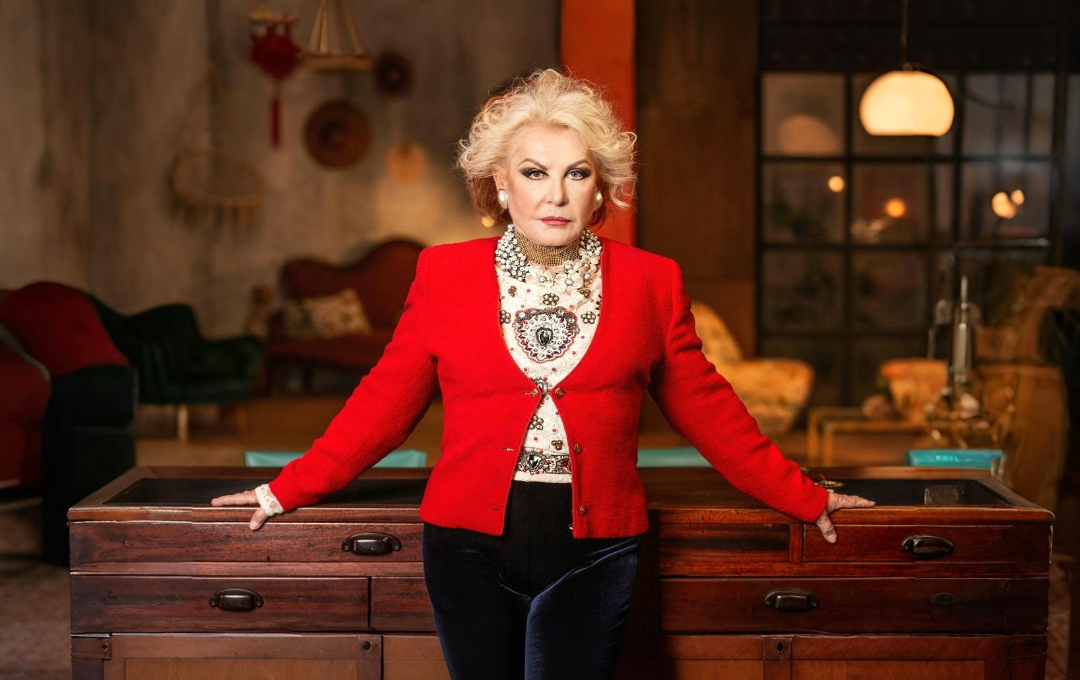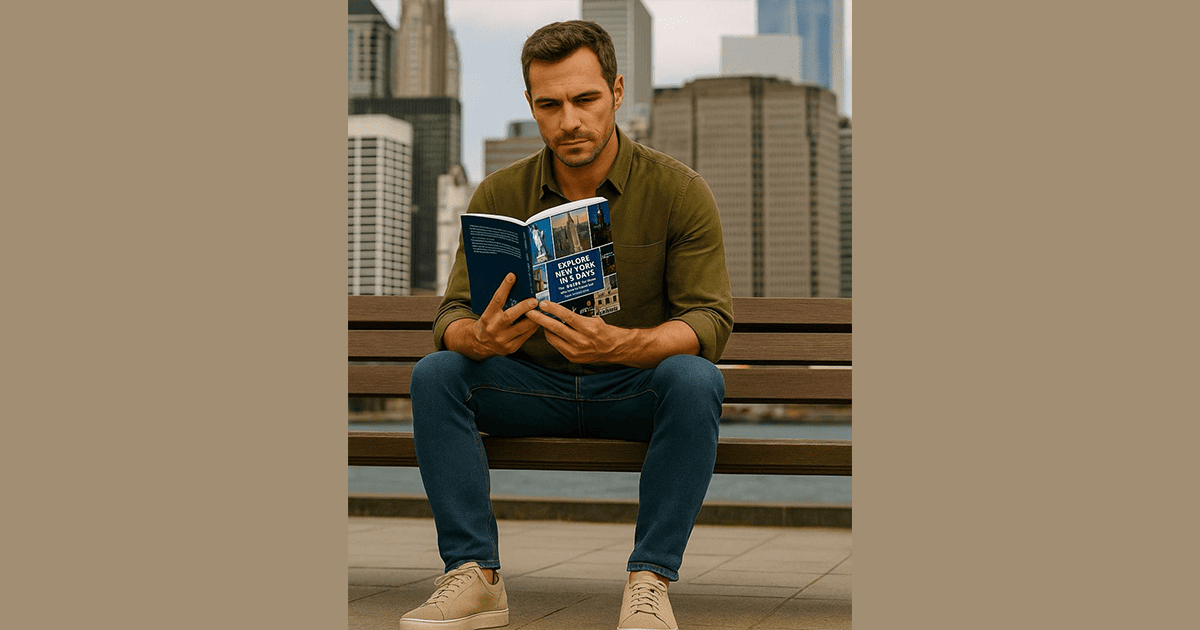- Italian
- English
Roberta Tagliavini non è solo un volto noto della televisione o una storica mercante d’arte: è un pezzo vivente di cultura, colore e visione. Ha trasformato Brera in un simbolo, il Liberty in una filosofia, e il mestiere dell’antiquaria in un viaggio tra istinto e passione. Nata a Bologna, Roberta si trasferisce giovanissima a Milano.Dopo un viaggio decisivo a Parigi, nasce la sua folgorazione per il Liberty. Inizia in Piazza San Babila, ma è nel cuore di Brera che trova il suo centro vitale, aprendo la celebre galleria Robertaebasta®, oggi un brand internazionale con sedi anche a Londra. Nel 2021 debutta su Nove come protagonista del programma cult Cash or Trash – Chi offre di più?, dove mette in scena, con competenza e carisma, decenni di esperienza tra oggetti, aste e intuizioni. Il suo sguardo è rapido, affilato, inconfondibile. Lo stesso che le ha fatto meritare l’Ambrogino d’Oro, massimo riconoscimento del Comune di Milano, per il suo contributo alla cultura e alla bellezza accessibile. Ma Roberta non è solo arte e mestiere. È anche madre, combattente, visionaria. In questa intervista, racconta la sua storia senza filtri e lo fa con eleganza, ma anche con verità.
Si ricorda il primo oggetto che le ha fatto battere il cuore?
— Non c’è un oggetto in particolare, un “primo amore” preciso. Fin da sempre sono stata attratta dall’arredamento: mi piacevano le cose belle, i mobili ben fatti, gli oggetti con una storia. Le osservavo con interesse e mi affascinava l’idea che un giorno avrei potuto averle anch’io. Era più un sogno diffuso che un colpo di fulmine per un solo pezzo.
Come nasce la sua passione per il Liberty e l’Art Déco?
— È stato proprio un colpo di fulmine. C’è stato un viaggio a Parigi che ha cambiato tutto. Era un posto incredibile, su tre piani, di fronte al Louvre, tutto dedicato all’antiquariato. C’era una zona intera piena di lampade di Gallé e Daum, tutte accese, colorate… me ne sono innamorata. Quando sono tornata a Milano, ho venduto tutto quello che avevo. Da lì, solo Liberty. È stato come innamorarsi: non puoi più tornare indietro.
Aprire la sua prima galleria a soli vent’anni: coraggio o incoscienza?
— Ho aperto con un’amica, ma ci siamo separate quasi subito. Io volevo cambiare, innovare, lei no. Dopo un anno difficile ho preso in mano tutto, ho svenduto i vecchi mobili e ho cominciato da capo con il Liberty. La scelta più giusta della mia vita.
Lei è diventata sinonimo di Brera: cosa significa per lei questo quartiere?
— Brera oggi è iconica, ma quando ci sono arrivata era tutt’altro. Una strada semi-deserta, degradata. Davanti al mio negozio si drogavano dei ragazzi, non c’erano negozi eleganti. Ma io ci ho creduto. E col tempo, Brera è cambiata. E anch’io.
Qual è l’oggetto più curioso o prezioso che le è mai capitato tra le mani?
— Una scultura di Wildt, che all’epoca nessuno conosceva. L’ho riconosciuta subito, comprata per poco. O un lotto pazzesco di mobili arrivato da Lugano, attraverso una ragazza conosciuta per caso. Pezzi unici. Molti sono a casa mia: è stata fortuna, ma anche intuito.
Nel programma Cash or Trash arriva davvero di tutto: c’è un oggetto che l’ha lasciata senza parole?
— Lasciarmi senza parole è difficile! Ma se una cosa mi piace, la prendo. Dicono che compro tutto… ma compro solo quello che mi colpisce. È più forte di me, è contro la mia religione! (ride)
Cosa le piace di più del suo ruolo in TV?
— Valutare. Contrattare. E vincere! (sorride)
Condivide l’attività con suo figlio Mattia. Quanto conta per lei questa dimensione familiare?
— È meraviglioso. Lo vedo più di sua moglie! Lavoriamo insieme tutto il giorno. Dargli un’opportunità concreta in un mondo complicato è una soddisfazione immensa.
Che valore ha per lei l’Ambrogino d’Oro?
— Importantissimo. Milano non è la mia città d’origine, e proprio per questo il riconoscimento ha avuto un peso enorme. Quando è arrivata la notizia, ero incredula e felice. Un onore che porterò sempre con me.
Sente una missione nel promuovere la bellezza accessibile e il riuso intelligente?
— Assolutamente sì. Anche con poco si può creare una casa splendida. Non bisogna spendere miliardi. La cosa più bella? Costruire uno spazio che parli di te. Magari con l’aiuto di qualcuno, certo… ma tuo. E le cose fatte con amore diventano uniche.
Cosa non può mancare nella sua casa?
— La mia casa è piena, pienissima. Non c’è spazio libero, nemmeno per una tazzina. È una malattia! Compro, porto a casa, magari poi rivendo… ma intanto è tutto occupato. Quadri, oggetti, mobili. È più forte di me.
Ha ancora un sogno da realizzare?
— Se non avessi sogni, sarei morta. Anche quando facevo la chemioterapia per un tumore, ho preso un nuovo negozio. Non mi sono mai fermata. Bisogna desiderare sempre. È quando smetti di desiderare che smetti di vivere.
Che consiglio darebbe a una ragazza che oggi vuole fare l’antiquaria?
— Ascoltarsi. Se fai un lavoro che non ami, vivi male. Capire cosa ti appassiona davvero, e poi buttarti. Insisti, non aver paura dei no. Se lo vuoi, ci arriverai.
Se dovesse scegliere un solo oggetto per raccontare se stessa?
— È impossibile. Dipende dal momento. Oggi mi piace una cosa, domani un’altra. Seguo l’istinto. Chi ha gusti fissi non ama davvero la bellezza: perché può arrivare da qualsiasi parte, anche in un oggetto semplice ma capace di emozionarti.
C’è un pezzo che ha venduto con fatica?
— No, mai. Quando vendo, sono felice. Perché significa che qualcuno ha riconosciuto il valore di qualcosa scelto da me. E poi… gli oggetti non sono per la vita. Devono viaggiare.
Se la sua vita fosse un quadro, che titolo avrebbe? E chi lo dipingerebbe?
— La firmerebbero Van Gogh o Renoir. Amo i colori pieni, vivi, vibranti. Proprio come la mia vita: intensa, in movimento, sempre alla ricerca di bellezza.
C’è un oggetto che ha cambiato il suo destino?
— Un vaso Liberty. Se non l’avessi visto a Parigi, sarei rimasta ancorata al triste Settecento. Il Novecento è il secolo più incredibile: luce, velocità, invenzioni. Quell’oggetto mi ha aperto un mondo. Mi ha cambiata per sempre.
Quando cammina tra i mercatini, come capisce se un oggetto “le parla”?
— Lo vedo subito. È istinto puro. Quando andavo nei mercatini in Francia alle quattro del mattino, con la pila in mano, lo trovavo al volo. In mezzo a mille oggetti, era lui a farsi notare. L’istinto ha sempre fatto tutto. La razionalità viene dopo.
Roberta Tagliavini è la dimostrazione vivente che l’arte non si colleziona: si vive. Con occhi attenti, cuore aperto e un pizzico di follia creativa. La sua vita è fatta di oggetti, certo, ma nessuno di essi è solo una cosa. Ogni pezzo, nella sua storia, è stato un passaggio, un’intuizione, una rinascita. E proprio per questo, parlarle è come aprire una porta su un mondo dove la bellezza non si conserva: si trasmette.
Roberta Tagliavini is not just a familiar face on Italian television or a legendary antiques dealer: she is a living embodiment of culture, color, and vision. She has transformed Brera into a symbol, Liberty style into a philosophy, and the craft of antiquing into a journey guided by instinct and passion.
Born in Bologna, Roberta moved to Milan at a very young age. After a pivotal trip to Paris, she discovered her lifelong love for Liberty style. She began her career in Piazza San Babila, but it was in the heart of Brera that she found her true center, founding the now-iconic gallery Robertaebasta®, today an international brand with a location in London as well.
In 2021, she made her television debut on channel Nove (Italy Tv) as the star of the cult show Cash or Trash – Chi offre di più?, where she brought to life her decades of experience with objects, auctions, and intuition all with her signature flair and charisma. Her eye is sharp, instinctive, unmistakable. The same eye that earned her the Ambrogino d’Oro, Milan’s highest civic honor, awarded for her contribution to culture and accessible beauty.
But Roberta is not just about art and business. She is also a mother, a fighter, a visionary. In this interview, she shares her story without filters with elegance, yes, but also with deep honesty.
Do you remember the first object that truly made your heart beat?
— There’s no specific object, no “first love” moment. I’ve always been fascinated by interiors, beautiful pieces, well-crafted furniture, objects with a story. I loved observing them and imagining that one day, I could own them. It was more of a constant dream than a single flash of passion.
How did your love for Liberty and Art Déco begin?
— It was love at first sight. A trip to Paris changed everything. I found this incredible place, three floors across from the Louvre, filled with antiques. One section was entirely dedicated to Liberty, colorful Gallé and Daum lamps, all lit up. I instantly fell in love. When I got back to Milan, I sold everything I owned. From that moment on, only Liberty. It was like falling in love once it happens, there’s no going back.
Opening your first gallery at just twenty, was it bravery or recklessness?
— I opened it with a friend, but we split soon after. I wanted to innovate; she didn’t. After a difficult year, I took over, sold off all the old furniture, and started fresh with Liberty pieces. It was the best decision of my life.
You’ve become synonymous with Brera. What does that neighborhood mean to you?
— Brera is iconic today, but when I got there, it was the opposite: almost deserted, run-down. Kids used to gather and do drugs right outside my shop, and there were hardly any elegant boutiques. But I believed in the place. Over time, Brera changed, and so did I.
What’s the most curious or valuable item you’ve ever held in your hands?
— A sculpture by Wildt, completely unknown at the time. I recognized it immediately and bought it for very little. Then there was a spectacular set of furniture from Lugano that came to me through a girl I met by chance. Unique pieces are still in my home. It was luck, yes, but also intuition.
On Cash or Trash, all kinds of objects come through. Has any of them ever left you speechless?
— It’s really hard to leave me speechless! But when I like something, I buy it. People say I buy everything but I only buy what truly grabs me. I just can’t help it, it’s against my religion! (laughs)
What do you enjoy most about your role on TV?
— Valuing. Negotiating. And winning! (smiles)
You work alongside your son Mattia. How important is that family connection?
— It’s wonderful. I see him more than his wife does! We’re together all day. Giving him a real opportunity in such a tough world brings me enormous joy and pride.
What does the Ambrogino d’Oro award mean to you?
— It meant everything. Milan isn’t my hometown, so receiving such a prestigious award here was even more moving. I hoped, of course, but never expected it. It’s an honor I’ll always carry with me.
Do you feel a sense of mission in promoting accessible beauty and smart reuse?
— Absolutely. You can create a beautiful home with very little. You don’t need to spend a fortune. The most important thing? Building a space that reflects who you are. Maybe with some help but still, it’s yours. And things made with love, even simple ones, become truly unique.
What is something that can’t be missing from your home?
— My house is packed with absolutely no space left. I buy everything I love. Sometimes I resell, sure, but in the meantime, it’s all filling up the space. Paintings, objects, furniture… it’s almost a disease! I can’t help myself.
Do you still have a dream left to fulfill?
— If I didn’t have dreams, I’d feel dead. Dreams must always be alive. Even when I was undergoing chemotherapy for cancer, I took over a new gallery. I never stopped planning ahead. We have to keep dreaming, because when you stop desiring, you stop living.
What advice would you give to a young woman who wants to become an antiques dealer today?
— Listen to yourself. If you do a job you don’t love, your life becomes miserable. Find out what truly excites you then go for it. Be persistent, don’t be afraid of “no.” If you want it badly enough, you’ll get there.
If you had to choose just one object to represent yourself, what would it be?
— That’s impossible! It all depends on the moment. One day I love one thing, the next day something else. I follow my instinct. People with fixed tastes don’t truly love beauty because beauty can appear in anything, even a simple object that moves you.
Have you ever sold something that was hard to let go of?
— Never. Selling makes me happy. It means someone else recognized the value in something I chose. I’m not a collector in the traditional sense. Objects aren’t forever; they’re meant to move, to keep living.
If your life were a painting, what would it be called? And who would paint it?
— It would definitely be painted by Van Gogh or Renoir. I love vibrant, full colors just like my life: intense, dynamic, always in search of beauty.
Is there one object that changed your destiny?
— A Liberty vase. If I hadn’t seen it in Paris, I might have remained stuck selling dull 18th-century furniture. The 20th century was extraordinary, full of speed, light, invention. That vase opened my eyes. It changed everything.
When walking through markets, how do you know if an object is “speaking” to you?
— I see it immediately. It’s pure instinct. I used to go to markets in France at four in the morning, flashlight in hand, and I’d spot the piece right away. Out of a thousand items, that one would shine. Instinct always came first.
Roberta Tagliavini is living proof that art isn’t meant to be hoarded — it’s meant to be lived. With sharp eyes, an open heart, and a dash of creative madness, she’s built a life around objects that are anything but static. Each piece she’s touched has been a turning point, a spark, a rebirth. Talking with her is like stepping into a world where beauty isn’t preserved — it’s passed on.
By author








